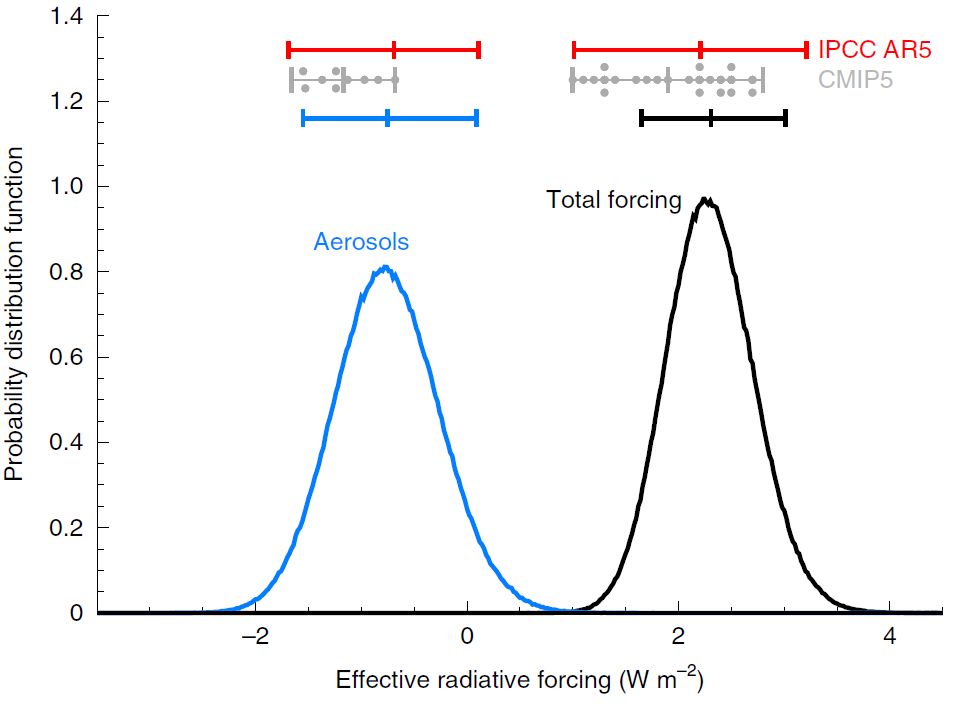🚨We have a new paper published in JGR:
On the Effect of historical SST patterns on radiative feedback
[1/n] Thread🧵: doi.org/10.1029/2022JD…

On the Effect of historical SST patterns on radiative feedback
[1/n] Thread🧵: doi.org/10.1029/2022JD…

[2/n] We investigate the dependence of radiative feedback on the pattern of sea-surface temperature (SST) change in fourteen Atmospheric General Circulation Models (AGCMs) forced with observed variations in SST and sea-ice over the historical record from 1871 to near-present. 

[3/n] We find that over 1871-1980 Earth warmed with feedbacks largely consistent & strongly correlated with long-term climate sensitivity feedbacks. That is good news for constraining ECS, but mostly can't be used as obs poor & forcing/climate change signal weak. Bad news.
[4/n] Funky stuff happens post 1980. Here Earth warmed with unusual trends in Pacific SSTs (enhanced warming west, cooling east) & cooling in Southern Ocean that drove feedback to be uncorrelated with [& indicating much lower ECS] than that expected for long-term CO2 increase. 

[5/n] That is bad news and an unfortunate situation, because the period since ~1980 contains a well observed global temperature response to large GHG forcing. Yet despite this, it turns out to be the worst time-period for inferring the Earth’s long-term feedbacks or ECS. 

[6/n] For this reason, I am sceptical of many papers that use the observed global temp record over recent decades as an emergent constrain on ECS. The constraint must arise from deficiencies/biases in AOGCM simulations of recent SST patterns and pattern effects.
[7/n] We further show that the AGCM feedback estimates over recent decades (1985-2014) are in agreement with observations of the Earth’s energy budget. 

[8/n] We discuss various hypothesis for what caused the particular configuration of SST patterns over recent decades that gave rise to a strong pattern effect, and how it might evolve in the future. 

[9/n] We show that these conclusions are not strongly dependent on the AMIP II SST dataset used to force the AGCMs, though the magnitude of feedback post 1980 is generally smaller in nine AGCMs forced with alternative HadISST1 SST boundary conditions. 

[10/n] 🚨 New dataset🚨:
The global-annual-mean radiative fluxes from all the amip-piForcing and hadSST-piForcing simulations can be found here
github.com/timothyandrews…
The global-annual-mean radiative fluxes from all the amip-piForcing and hadSST-piForcing simulations can be found here
github.com/timothyandrews…
[END] Finally thank you to an awesome set of co-authors. Including some on here @karmour_uw @YueDong35680721 @rpallanuk
• • •
Missing some Tweet in this thread? You can try to
force a refresh





